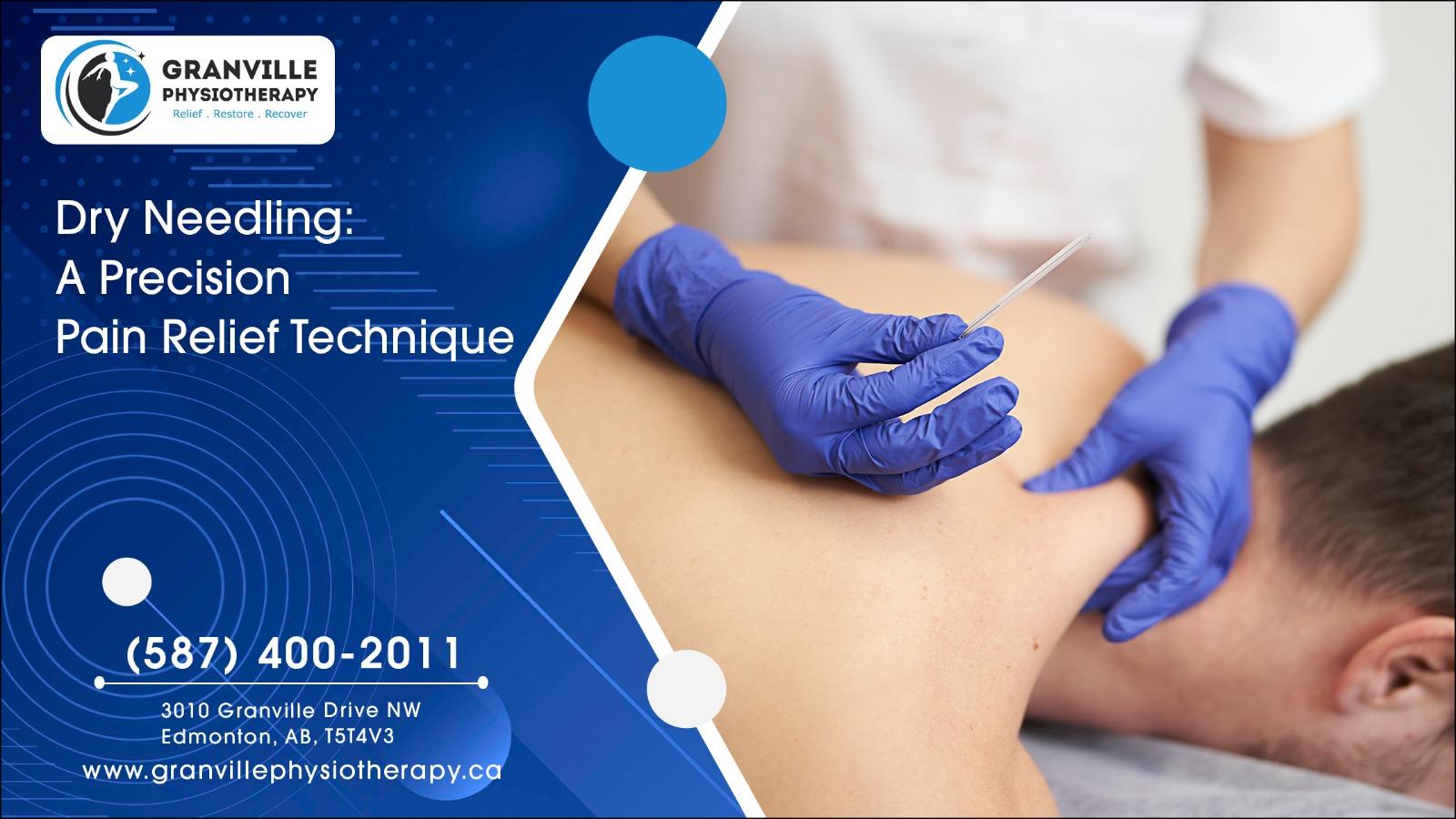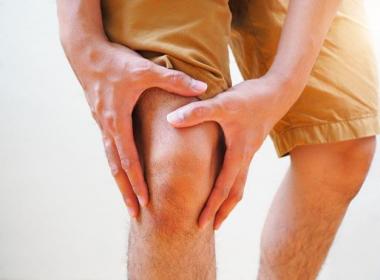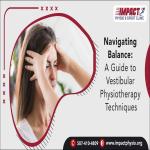In the vast landscape of pain management, dry needling stands out as a precise and innovative technique. It has gained popularity among healthcare providers and patients alike for its effectiveness in treating various musculoskeletal conditions. In Edmonton, clinics like Granville Physiotherapy Edmonton are offering dry needling, alternatively termed Intramuscular Stimulation (IMS) therapy, providing relief to those burdened by chronic pain and muscular discomfort.
Understanding Dry Needling
Dry needling is a minimally invasive technique involving the precise insertion of a thin filament needle into the muscle's trigger points—hyperirritable spots within the skeletal muscle. The technique aims to release muscle tension, alleviate pain, and restore function. Diverging from acupuncture's roots in traditional Chinese medicine, dry needling is based on contemporary Western understandings of neuroanatomy and modern scientific study of the muscles and nervous system.
The Mechanism Behind Dry Needling
- Local Twitch Response (LTR): The insertion of a needle into a trigger point can elicit an involuntary spinal cord reflex. The LTR is believed to be the first step in breaking the pain cycle and reducing muscle tension.
- Blood Flow Enhancement: By inducing microtrauma to the affected tissues, dry needling stimulates blood flow to the area, which can promote healing by delivering oxygen and nutrients while flushing away inflammatory mediators.
- Endorphin Release: The needle insertion triggers the body to release endorphins, which are natural painkillers. This can provide immediate pain relief following the treatment.
- Disruption of Dysfunctional Endplates: Trigger points are often associated with dysfunctional endplates (the regions where nerve impulses are transmitted to muscles). Dry needling may help to normalize these endplates, reduce the release of pain-inducing neurotransmitters, and reset the muscle fibers to a more relaxed state.
- Muscle and Connective Tissue Stretching: When the needle is inserted, it mechanically stretches the muscle and connective tissue, which can lead to a decrease in muscle tension and an increase in range of motion.
Conditions Treated with Dry Needling
- Chronic Pain: Dry needling can significantly reduce chronic pain conditions such as fibromyalgia and back and neck pain.
- Sports Injuries: Athletes often turn to dry needling for the treatment of overuse injuries and muscle strains, finding relief and a quicker return to their sports.
- Postural Issues: For individuals with pain due to poor posture, dry needling can alleviate tension in overworked muscles.
- Headaches and Migraines: Tension-type headaches and migraines related to muscular tension can be effectively treated with dry needling.
- Joint Disorders: Conditions like osteoarthritis, where muscular tension contributes to joint pain, can benefit from the relief provided by dry needling.
- Repetitive Stress Injuries: Carpal tunnel syndrome or tennis elbow, which are caused by repetitive motion, can be alleviated through dry needling by releasing tension in specific muscle groups.
- Spinal Issues: Chronic conditions such as herniated discs and sciatica, where muscle spasms or guarding contribute to nerve compression and pain, may see improvement with the intervention of dry needling.
- Temporomandibular Joint Dysfunction (TMJ): Dry needling can be applied to the muscles of mastication and the cervical spine muscles to reduce pain and improve function in TMJ disorders.
- Neuropathic Pain: Patients with nerve pain often experience muscle changes that can be addressed with dry needling, providing pain relief and functional improvement.
The Process of Dry Needling
A session of dry needling in Edmonton begins with a thorough assessment by a qualified physiotherapist who identifies the trigger points. The actual needling process is quick, with the needle only remaining in the skin for a short duration. Patients may feel a slight twitch or cramp as the needle targets the trigger point.
Dry Needling for Preventative Care
- Proactive Muscle Care: Using dry needling as a preventative measure for athletes or individuals with physically demanding jobs to maintain muscle health and prevent injury.
- Wellness and Performance Enhancement: Incorporating dry needling into wellness programs aimed at enhancing performance and overall muscular function.
When Dry Needling Isn't Recommended
IMS Therapy in Edmonton is a beneficial treatment for many, but it’s not suitable for everyone. Clinics in Edmonton are mindful of the following contraindications:
- Blood Disorders: Patients with conditions like hemophilia or those on blood thinners may face increased bleeding risks.
- Immunosuppression: Those with weakened immune systems or on immunosuppressive medication are at a higher risk of infection.
- Infection: Any local or systemic infection could be exacerbated by dry needling.
- Needle Phobia: Severe needle phobia can negate the benefits of treatment due to stress.
- Pregnancy: Due to insufficient research, dry needling is generally avoided during pregnancy, especially near the abdomen and lower back.
- Metal Allergies: Patients with allergies to metals contained in needles should notify their therapist.
- Cardiac Pacemakers: Individuals with pacemakers should proceed with caution as the needles could interfere with the device.
- Cancer: Patients with cancer, especially near the treatment area, typically require clearance from a medical professional before proceeding.
- Recent Surgery: Those recovering from surgery should wait until their surgeon approves the addition of dry needling to their treatment plan.
- Vascular Disease: Patients with vascular diseases need careful consideration due to the risk of vascular injury.
- Epilepsy: Dry needling should be used cautiously in individuals with epilepsy, as it may trigger seizures.
- Lymphedema: For those with lymphedema, dry needling may worsen the condition if the lymphatic system is compromised.
The Path to Pain-Free Living
Dry needling, as part of the therapeutic services provided in Edmonton, particularly at Granville Physiotherapy, offers a path to pain-free living for individuals struggling with persistent musculoskeletal issues. By targeting the direct source of pain with precision, dry needling stands as a testament to the evolution of pain relief techniques. Whether as a standalone treatment or an integrated component of a broader therapeutic strategy, dry needling promises relief for those in search of an effective solution to their chronic pain.
Also read about:
Duct Cleaning for Pet Owners What You Need to Know
Navigating Balance A Guide to Vestibular Physiotherapy Techniques
Effortless Investing Top Demat Account Apps to Consider
















